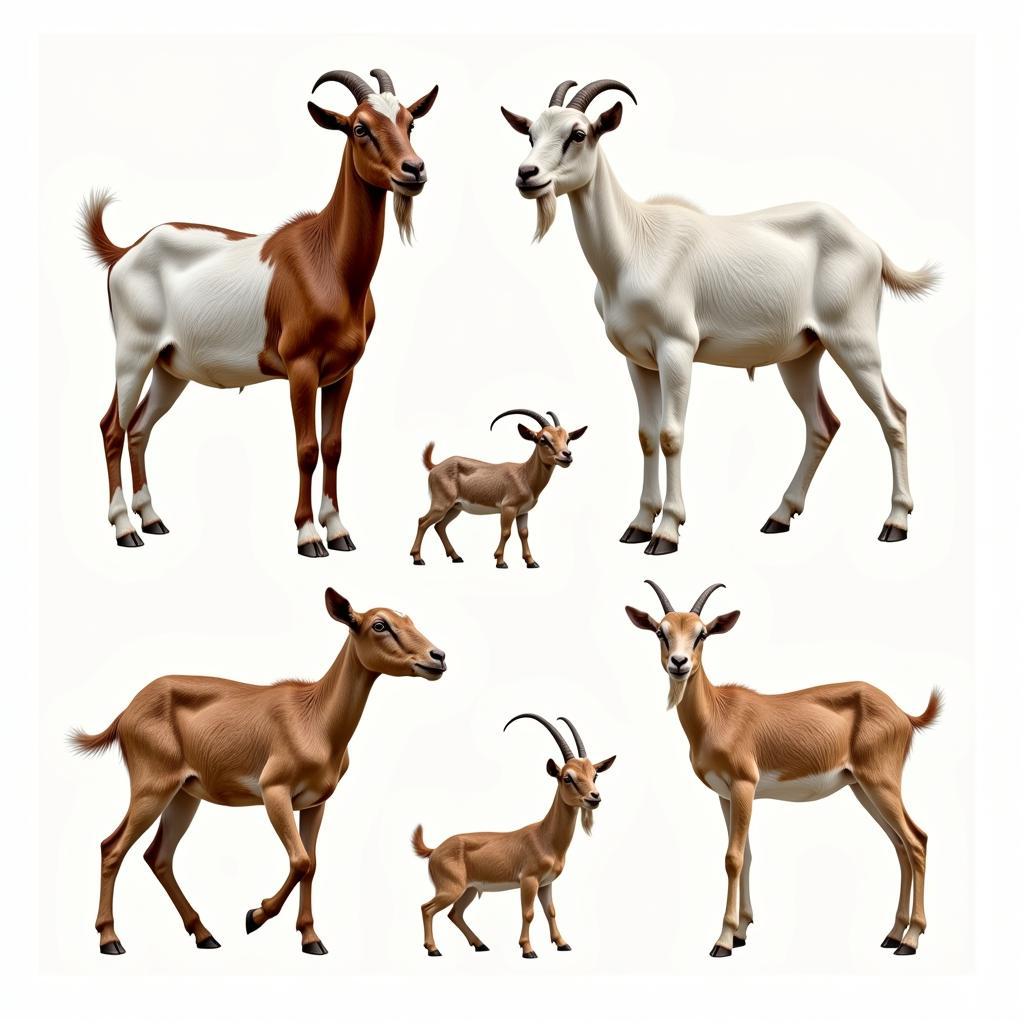The African Cotton Bollworm: A Persistent Pest
The African Cotton Bollworm, Helicoverpa armigera, is a significant agricultural pest impacting various crops across Africa and globally. This voracious insect poses a considerable challenge to food security and economic stability, demanding effective management strategies. This article will delve into the life cycle, impact, and control methods of this destructive pest.
Understanding the Life Cycle of the African Cotton Bollworm
The African cotton bollworm undergoes a complete metamorphosis, transitioning through four distinct stages: egg, larva, pupa, and adult. Understanding each stage is crucial for implementing targeted control measures. Females lay eggs singly on leaves, stems, and developing fruits. These tiny, spherical eggs hatch within a few days, giving rise to the larval stage.
The larval stage, commonly known as the “bollworm,” is the most destructive phase. These larvae have a voracious appetite, feeding on various plant parts, including leaves, buds, flowers, and fruits. They can cause substantial damage to crops, reducing yields and impacting quality. The larval stage lasts for several weeks, during which the larvae molt several times, increasing in size.
Following the larval stage, the bollworm enters the pupal stage. The larva burrows into the soil and forms a pupa, a hardened, protective casing within which it transforms into an adult moth. The pupal stage typically lasts for one to two weeks, depending on environmental conditions.
Finally, the adult moth emerges from the pupa. The moths are nocturnal, active primarily during the night. They mate and lay eggs, continuing the life cycle. Adult moths can live for several weeks, during which they can disperse over considerable distances, contributing to the spread of infestations.
The Devastating Impact of Helicoverpa armigera
The African cotton bollworm’s impact stretches across numerous crops, including cotton, maize, sorghum, tomatoes, and legumes. Their feeding habits cause significant yield losses, affecting both subsistence farmers and large-scale agricultural operations. This pest poses a significant threat to food security, especially in regions heavily reliant on susceptible crops.
Beyond yield reduction, the bollworm also affects crop quality. Damage to fruits and vegetables can make them unmarketable, leading to economic losses for farmers. The presence of bollworm infestations can also increase the risk of secondary infections by pathogens, further compounding the damage.
The economic consequences of the African cotton bollworm are substantial. Farmers incur costs associated with control measures, including pesticides and other management strategies. These costs can be particularly burdensome for smallholder farmers, impacting their livelihoods and contributing to economic instability in affected regions.
Controlling the African Cotton Bollworm: A Multifaceted Approach
Managing the African cotton bollworm requires a comprehensive approach integrating various strategies. Reliance on a single method is often ineffective due to the pest’s adaptability and resilience. Integrated Pest Management (IPM) strategies offer a sustainable and effective solution.
Cultural practices, such as crop rotation and intercropping, can disrupt the bollworm’s life cycle and reduce infestations. Planting trap crops can lure the pests away from the main crop, while timely planting can help avoid peak infestation periods.
Biological control methods involve using natural enemies of the bollworm, such as parasitic wasps and predatory insects, to suppress populations. These methods offer an environmentally friendly alternative to chemical control.
Chemical control using insecticides can be effective in managing bollworm outbreaks. However, it’s crucial to use these judiciously to minimize environmental impact and prevent the development of insecticide resistance. Monitoring and scouting for bollworm infestations are essential for timely intervention and effective control.
What does the African cotton bollworm eat?
The African cotton bollworm has a wide host range, feeding on over 100 different plant species, including important crops like cotton, maize, sorghum, and various vegetables.
Conclusion
The African cotton bollworm, Helicoverpa armigera, remains a significant challenge for agriculture in Africa and beyond. Implementing integrated pest management strategies is vital for effectively controlling this destructive pest and mitigating its impact on food security and economic stability. Continued research and development of sustainable management practices are crucial for ensuring long-term solutions to this persistent agricultural problem.
FAQ
- What is the most damaging stage of the African cotton bollworm? The larval stage.
- How does the African cotton bollworm spread? Through the dispersal of adult moths.
- What are some examples of cultural control methods? Crop rotation and intercropping.
- What is IPM? Integrated Pest Management, a holistic approach to pest control.
- Why is it important to control the African cotton bollworm? To protect crops, ensure food security, and maintain economic stability.
- What are the signs of African cotton bollworm infestation? Holes in leaves, damaged buds and flowers, and presence of larvae on plants.
- What are some natural enemies of the African cotton bollworm? Parasitic wasps and predatory insects.
For further assistance, please contact us: Phone: +255768904061, Email: [email protected] or visit our office at Mbarali DC Mawindi, Kangaga, Tanzania. We have a 24/7 customer service team available to help.
